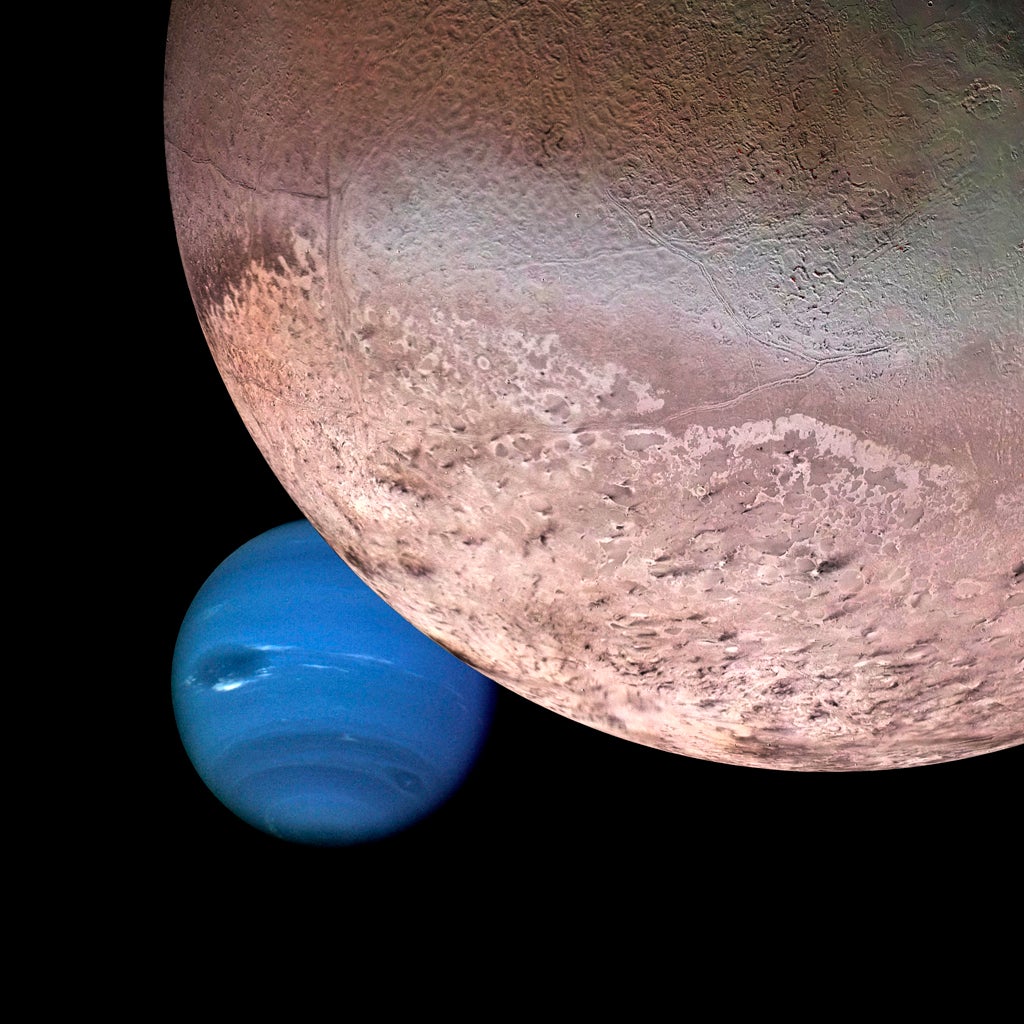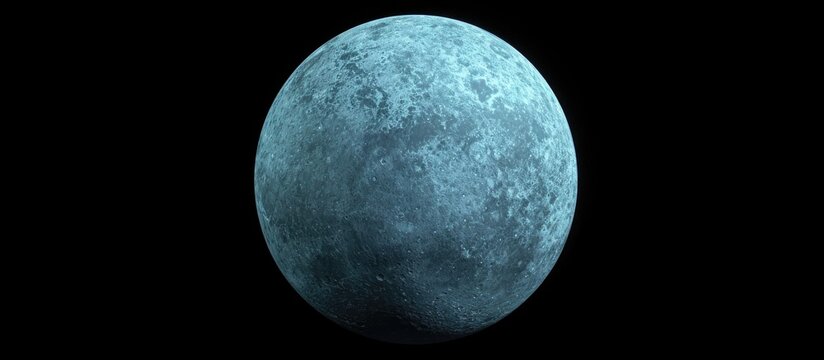Vatican City: An explorable country for less than a Day
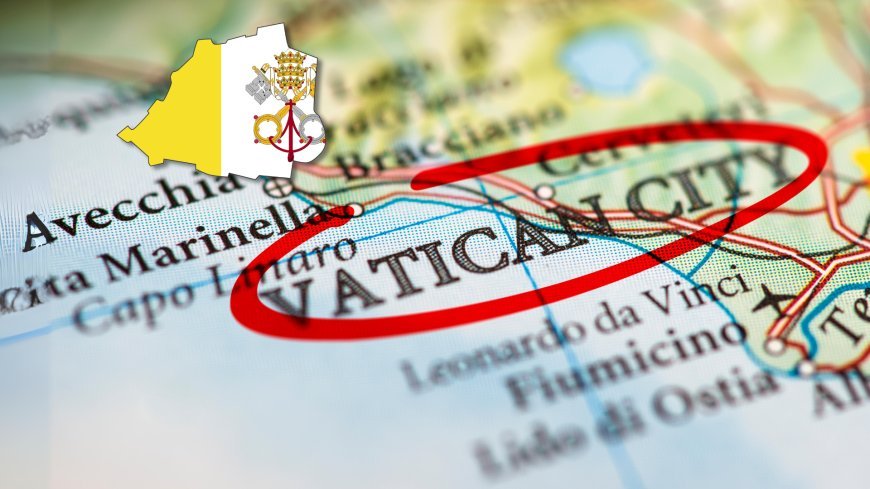
Vatican City: A Tiny Nation with Monumental History
Nestled within the city of Rome lies Vatican City, the smallest independent country in the world. Though it spans a mere 0.44 square kilometers, its influence on culture, history, and religion is vast and immeasurable. This compact city-state serves as the spiritual and administrative heart of the Roman Catholic Church and boasts a wealth of historical treasures, architectural marvels, and spiritual significance.
The Story Behind Its Size
Vatican City's modest dimensions can be traced back to its dramatic historical evolution. On September 20th, 1870, the unification of Italy brought profound changes to the region. Italy annexed the majority of the Papal States, a vast territory once governed by the Pope. As part of a later agreement—the Lateran Treaty of 1929—Vatican City was formally established as an independent city-state. This treaty ensured the Pope’s sovereignty while confining his domain to the much smaller area we recognize today. Thus, Vatican City became a remarkably compact yet deeply significant nation.
St. Peter’s Basilica: An Icon of Faith and Architecture
Among Vatican City's many marvels, St. Peter’s Basilica stands out as its most iconic structure. This architectural masterpiece, commissioned during the 4th century AD by Emperor Constantine, is a cornerstone of Christian history. Constantine, known for making Christianity the official religion of the Roman Empire, played a pivotal role in shaping the early Church. His vision led to the construction of St. Peter’s Basilica on what is believed to be the burial site of St. Peter, one of Jesus Christ’s apostles and the first Pope.
The basilica we see today, however, is not the original structure. The current building, which replaced Constantine’s basilica, was constructed between the 16th and 17th centuries under the guidance of renowned artists and architects, including Michelangelo and Bernini. Its grandeur, from the soaring dome to the breathtaking Pietà sculpture, continues to awe millions of visitors each year.
A Sacred Past: From Necropolis to Spiritual Hub
Vatican City's historical roots run deep, dating back to antiquity. In the first century AD, the area served as a necropolis, or cemetery, and was home to the infamous Circus of Nero. It was here, under Emperor Nero's rule, that early Christians faced persecution, and where St. Peter is believed to have been martyred and buried.
The relationship between Vatican City and Christianity deepened over the centuries, beginning with the burial of St. Peter around 64 AD. His tomb became a focal point for Christian pilgrims, solidifying the site's religious significance. Today, St. Peter’s Basilica stands as both a place of worship and a monument to this sacred history, attracting millions of pilgrims and tourists from around the globe.
Tourism: A Vital Pillar of Vatican City’s Economy
Despite its tiny size, Vatican City is a financial powerhouse, with a net worth estimated at $5 billion. This wealth is largely attributed to its thriving tourism sector. As a UNESCO World Heritage Site, Vatican City draws visitors eager to explore its rich history, admire its art, and experience its spirituality.
Tourists flock to iconic landmarks such as St. Peter’s Square, the Vatican Museums, and the Sistine Chapel, home to Michelangelo’s legendary ceiling frescoes. The revenue generated from museum admissions, souvenir sales, and guided tours plays a critical role in supporting the city-state’s economy and preservation efforts.
More Than a Destination
Vatican City is more than just a tourist attraction; it is a living symbol of faith, history, and culture. For many Christians, it is a deeply spiritual place that connects them to the roots of their religion. For history enthusiasts and art lovers, it offers a rare glimpse into the achievements of the Renaissance and Baroque periods. And for those simply seeking wonder, it provides an unforgettable experience in a truly unique setting.
Whether you're marveling at the beauty of the Sistine Chapel, reflecting on the weight of history within St. Peter’s Basilica, or simply enjoying the peaceful atmosphere of the Vatican Gardens, Vatican City proves that size is no measure of significance.
What's Your Reaction?











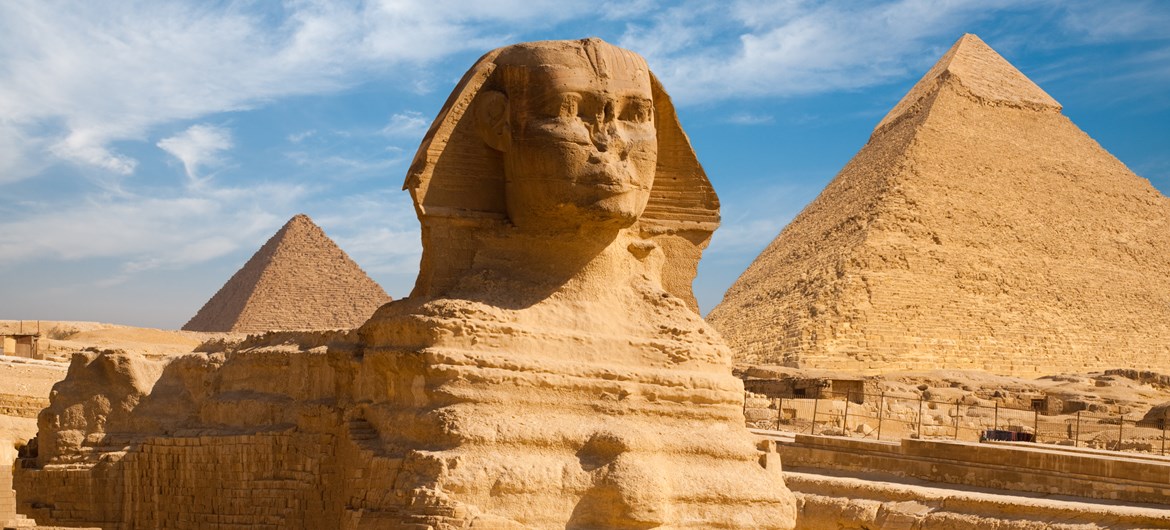
/https://tf-cmsv2-smithsonianmag-media.s3.amazonaws.com/filer_public/54/66/546650fa-26a4-40fd-8d6d-5a7a04540f81/rosetta2.png)
:max_bytes(150000):strip_icc():focal(999x0:1001x2)/robert-prevost-050825-1-39395418ab494da5a3a700c9478e66c8.jpg)


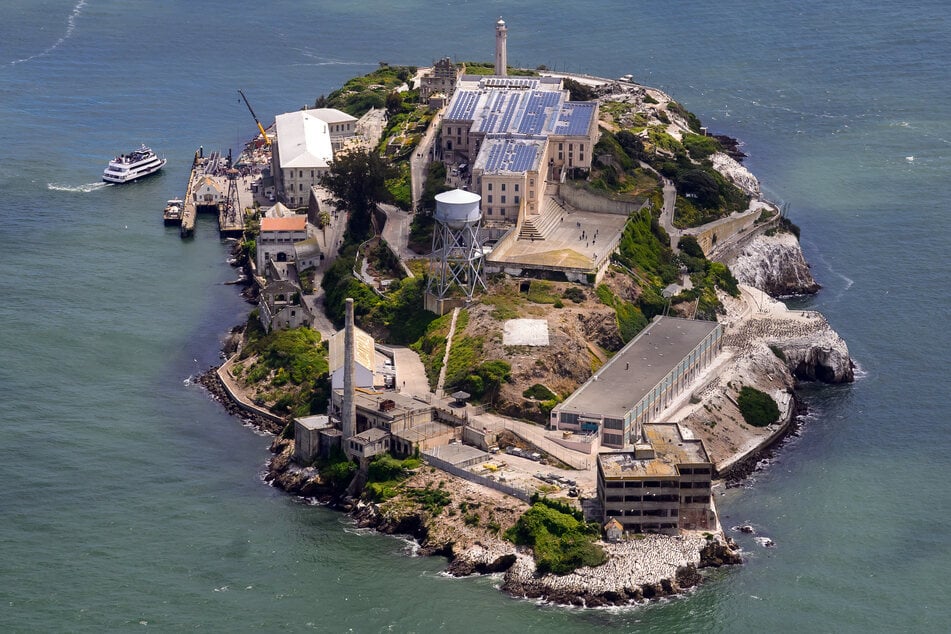







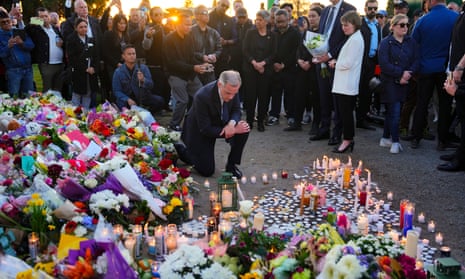








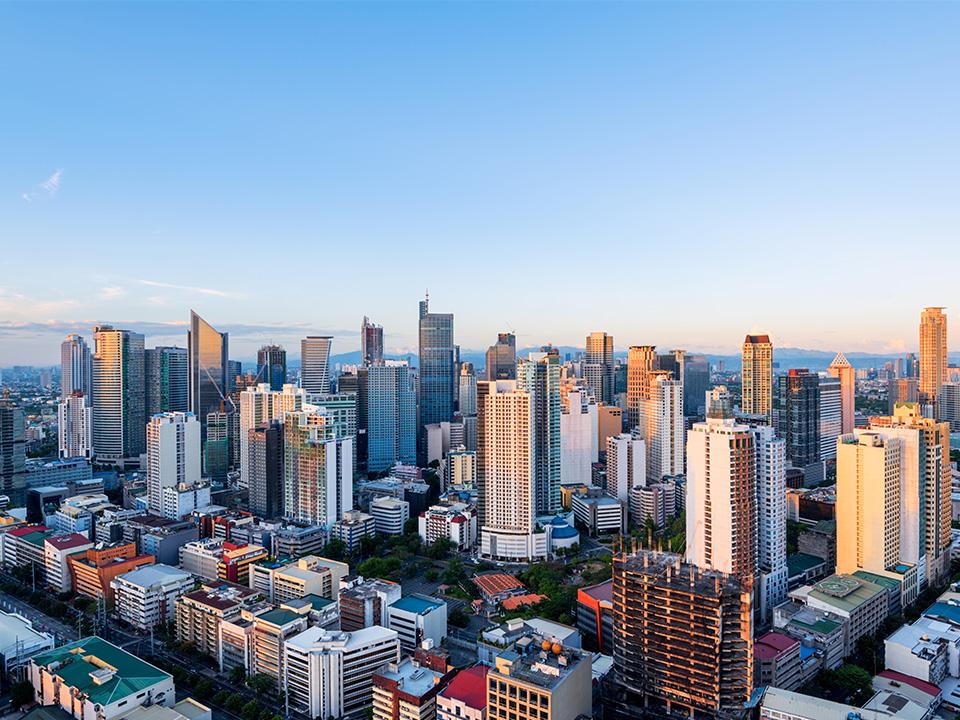



























format(webp))
format(webp))























